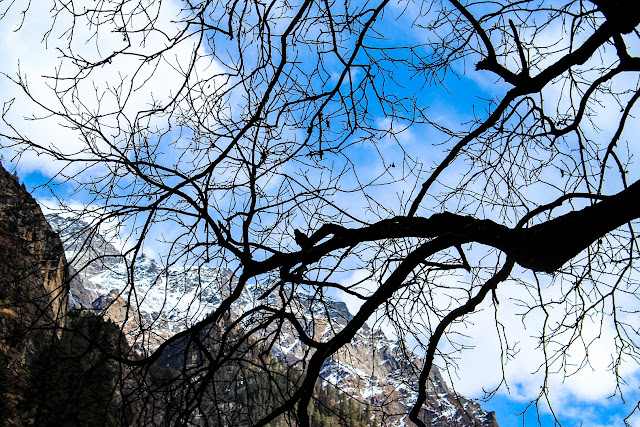One of the less explored trekking trails of India, Dzukou valley, located at the border of Nagaland and Manipur, abundant with lush greenery, calm surroundings and a lavish spread of hills all around, is a visual treat for nature lovers. Here's a virtual peak into its sublime beauty.


 |  |




 |  |















